One of the favorite sports activities in the Los Cabos area and all of Baja California is sport fishing and deep-sea fishing, this chart offers a visual view of the best months for each of the most important fish species you can find here.
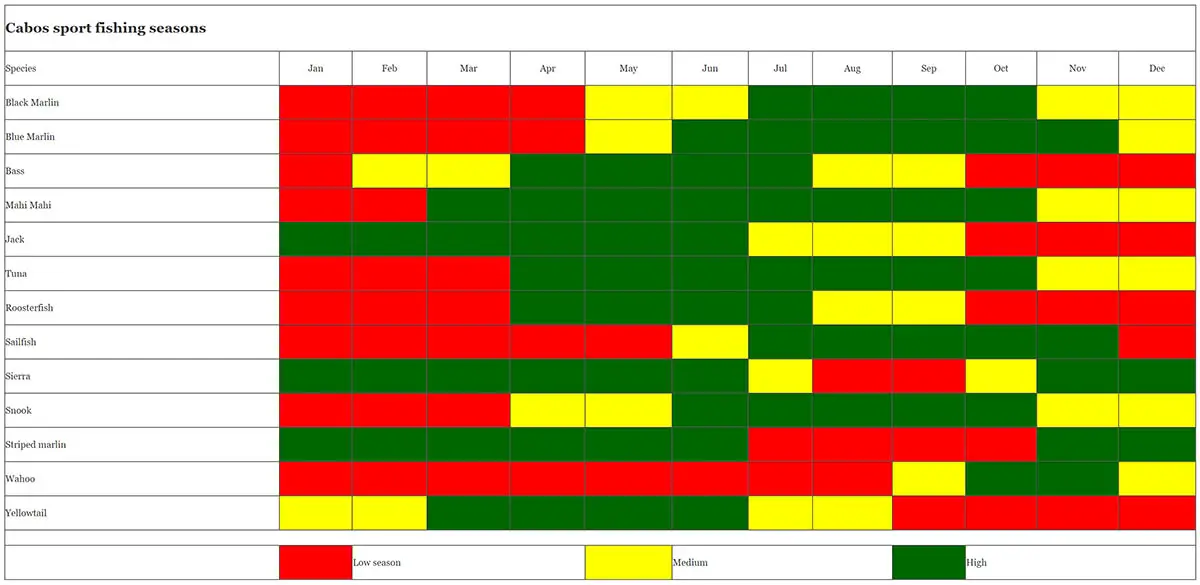
A short description and photo for each of the fish species in the sportfishing season chart:
Black Marlin (Marlin Negro) (Makaira indica)
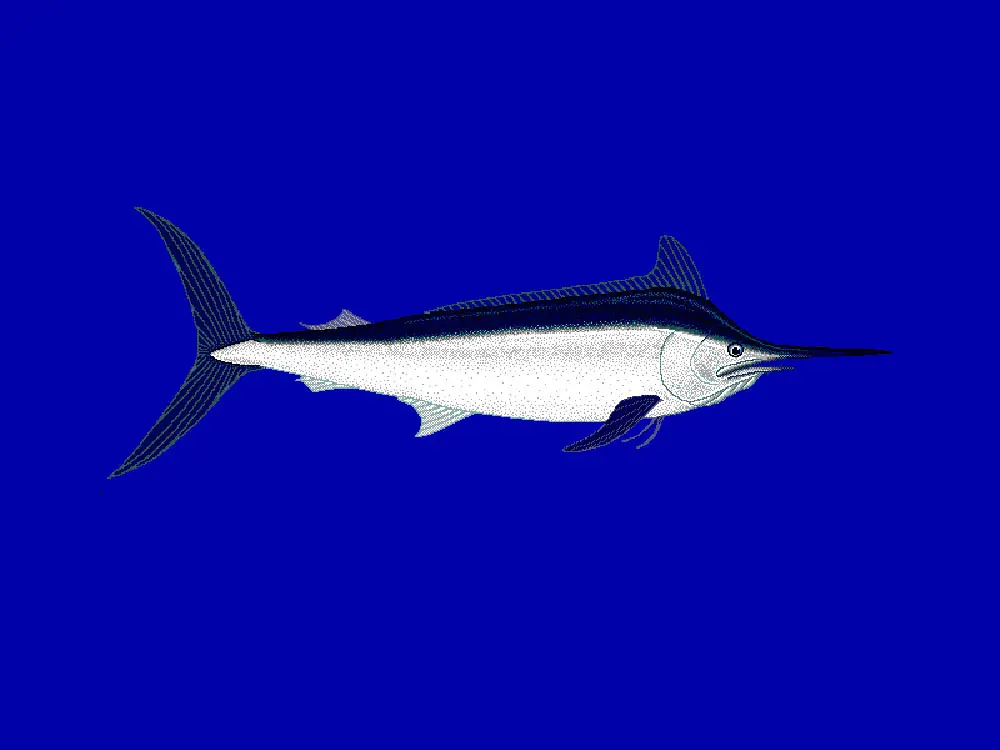
Indo-Pacific: tropical and subtropical ocean waters, occasionally entering temperate areas. Stray individuals migrate into the Atlantic Ocean by way of the Cape of Good Hope.
465 cm FL (male/unsexed). Maximum published weight: 750 kilograms
Blue Marlin (Marlin Azul) (Makaira mazara)
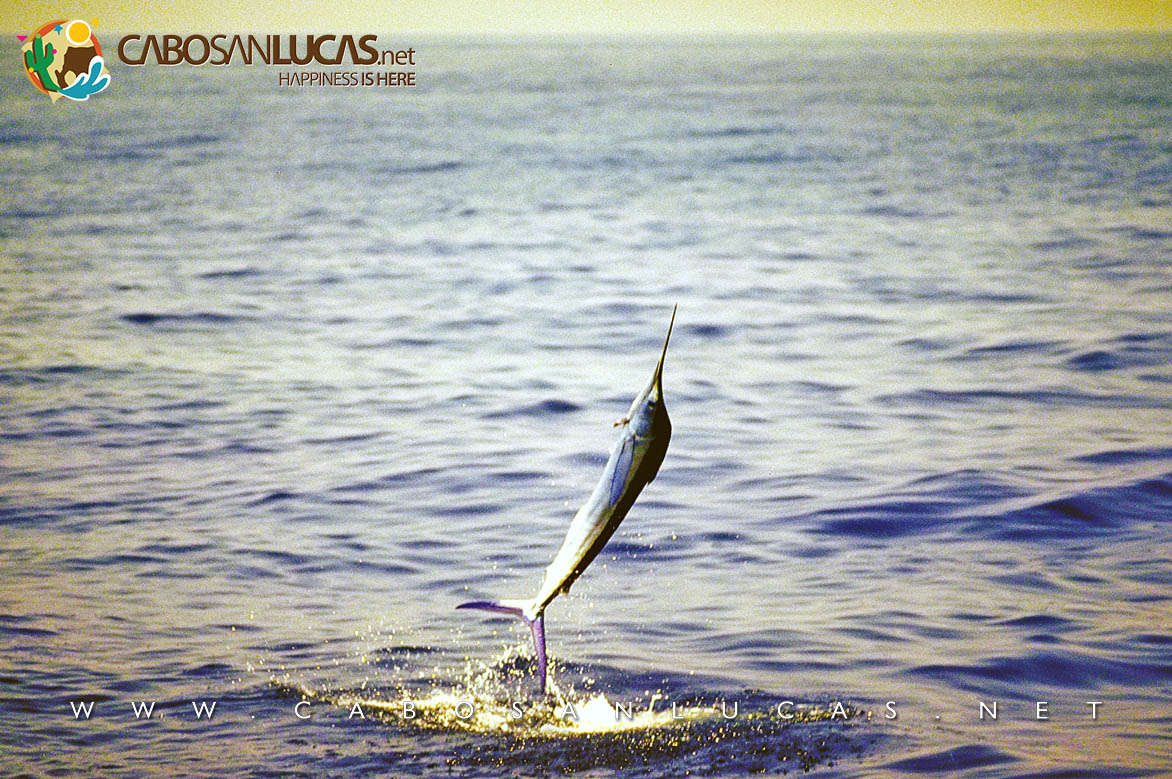
Blue Marlins are the heaviest and largest of all Marlins. They are prized Big Game fish in all sizes, tough fighters and spectacular jumpers that tend to fight deeper than Black or Striped Marlin.
Most Blue Marlin caught in Los Cabos are males, 250-350 lb class, if over that weight they are normally females.
Bass (Cabrilla) (Epinephelus analogus)
The Cabrilla is recognized by its overall red-brown body, various circular dark spots and broad dusky bars.
The fish has 10 dorsal spines and a rounded caudal fin. Cabrillas can grow up to 30″ in length and up to twenty lb.
They are voracious predators feeding on crustaceans in the night and on small fish during the day.
Mahi Mahi (Dorado) (Coryphaena hippurus)
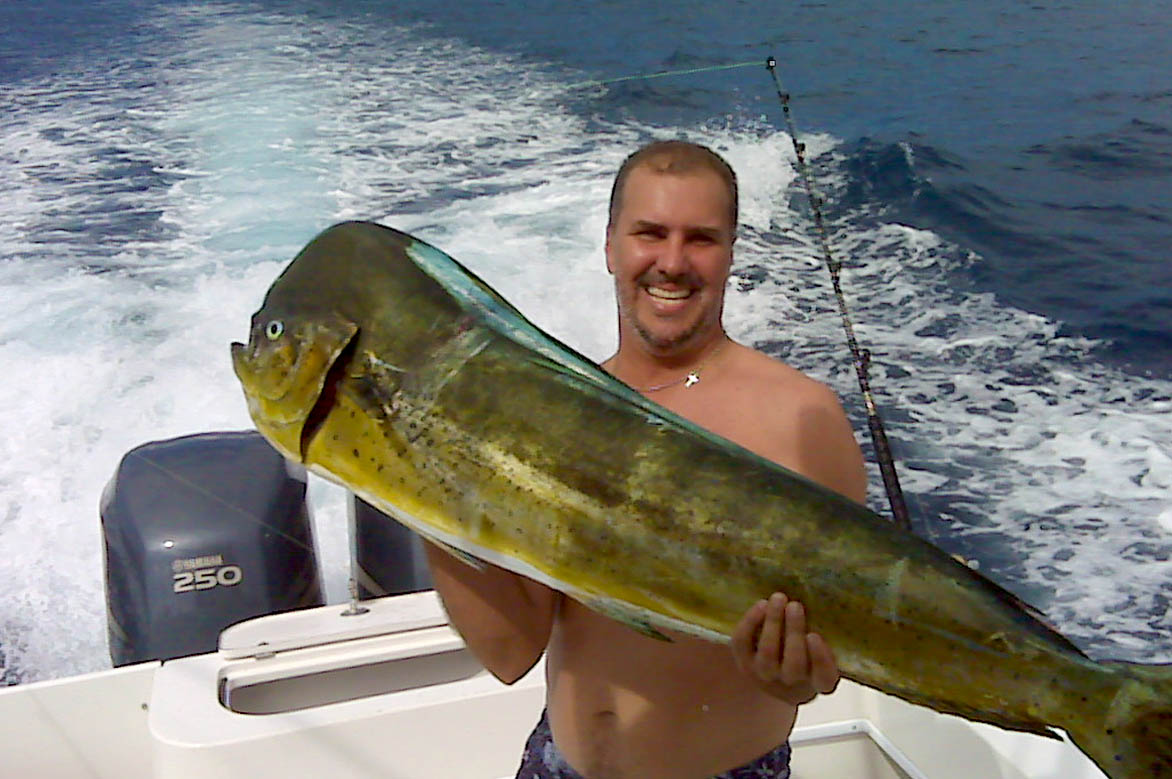
The mahi-mahi or common dolphinfish is a surface-dwelling ray-finned fish found in off-shore temperate tropical and subtropical waters around the world.
It is one of only 2 members of the Coryphaenidae family, the other being the pompano dolphinfish.
Mahi-mahi means very strong in Hawaiian. Also known as lampuga, lampuka, rakingo, calitos, maverikos or dorado.
Jack (Jurel)
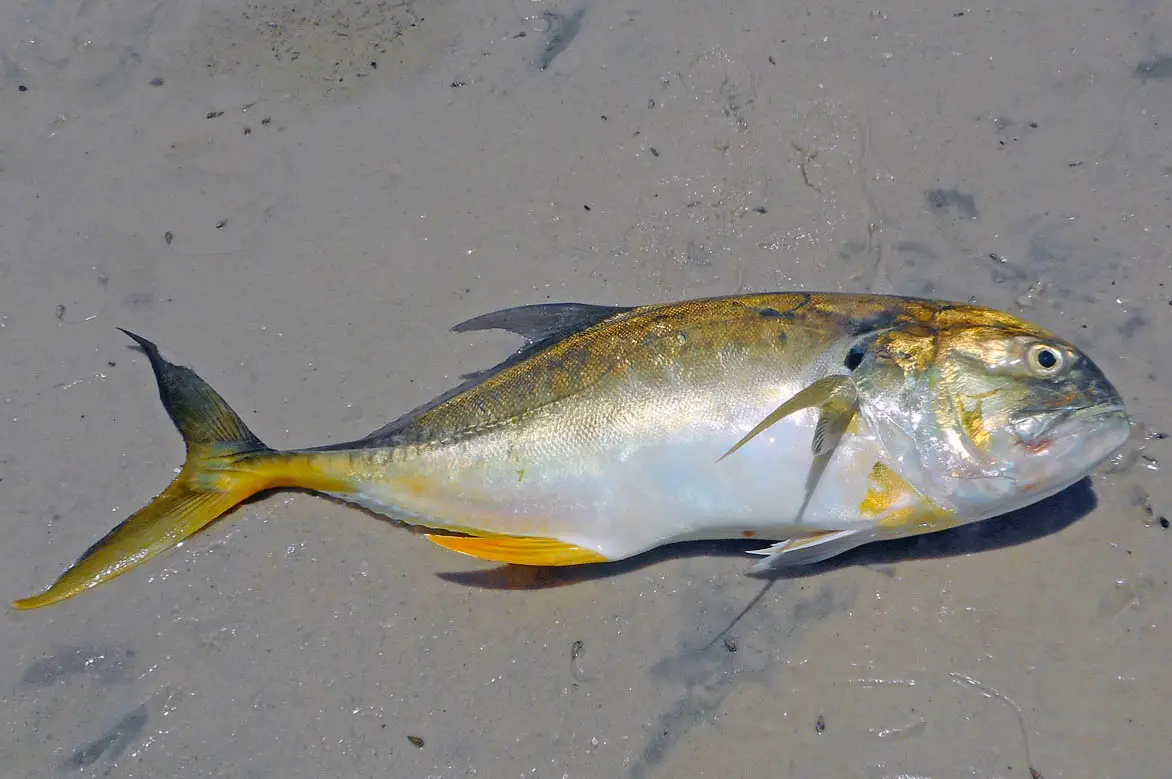
Jack Family, (Carangidae): Jacks are included in the Carangidae family. In Mexico they are known as jureles and pámpanos. Normally silver in color, found in tropical and sub-tropical oceans. Powerful swimmers, streamlined laterally compressed body.
Voracious predators feeding mainly on smaller fish.
They frequently travel in large schools. Wide range of sizes from around 10 inches / 1 pound, to 6 feet / 90 pounds.
Tuna (Atún)

Tuna are truly international fish. Bluefin tunas are found on both sides of the Atlantic, in the Pacific, and the Mediterranean Sea.
Tunas are shaped like a bullet, their fins fold down close to their bodies allowing them to move through the water with powerful strokes of their large, crescent-shaped tails at speeds of up to 45 miles per hour.
Author: M. A. Gallardo




Leave A Comment